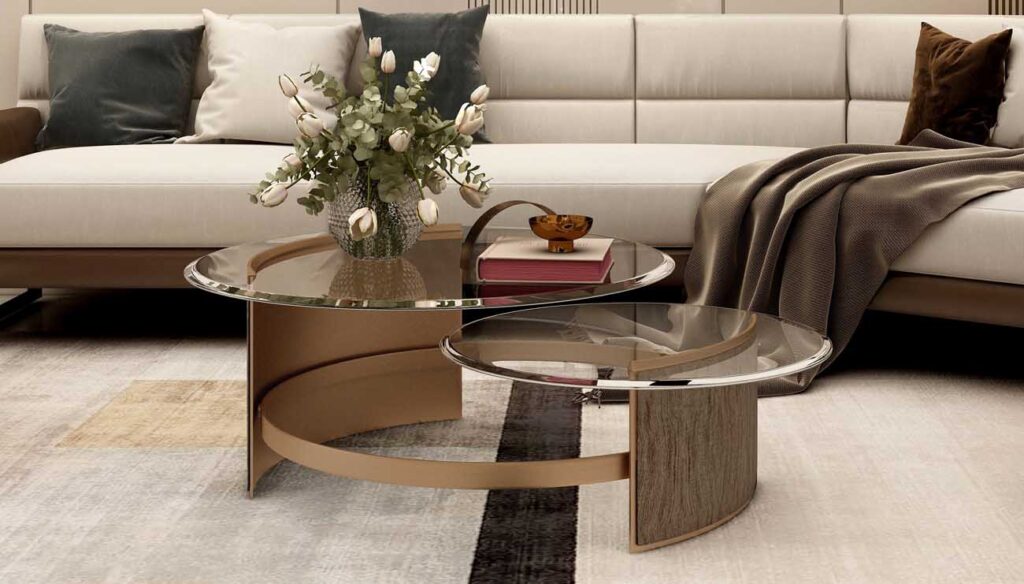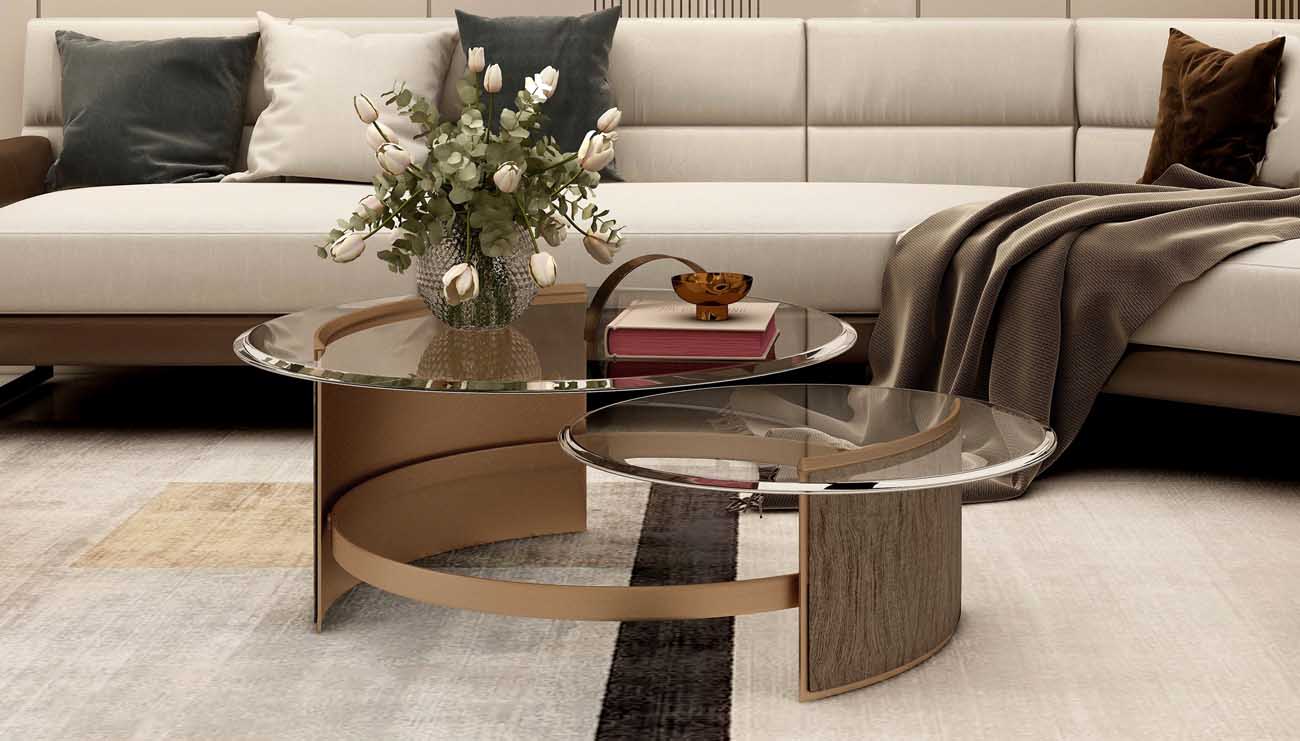
Unveiling the Dimensions: How Tall is a Standard Coffee Table?
The coffee table: a ubiquitous piece of furniture, the unsung hero of the living room. It anchors the space, provides a surface for everything from remote controls to strategically placed coffee table books, and often dictates the flow of a room. But have you ever stopped to consider its fundamental dimension – its height? Specifically, how tall is a standard coffee table? This seemingly simple question unlocks a world of design considerations, ergonomic principles, and personal preferences. This article delves into the specifics of coffee table heights, exploring the factors that influence this crucial dimension and providing insights to help you choose the perfect table for your needs.
Understanding the standard height of a coffee table is essential for creating a functional and aesthetically pleasing living space. A coffee table that’s too tall can feel awkward, while one that’s too short can be equally problematic. This article will provide a comprehensive overview, helping you navigate the world of coffee table heights and make an informed decision.
The Standard Coffee Table Height: A General Guideline
So, how tall is a standard coffee table? Generally speaking, a standard coffee table height falls within the range of 16 to 18 inches (40 to 46 centimeters) from the floor. This measurement is a widely accepted guideline, offering a comfortable and practical height for most users. However, it’s crucial to remember that this is just a starting point. Several factors can influence the ideal height for your specific needs.
This standard height is a product of ergonomic principles and design trends. It allows for easy reach from a seated position on a sofa or armchair, making it convenient for placing drinks, snacks, or reading materials. It also provides a visual balance within the room, complementing the height of the sofa and other furniture pieces.
Factors Influencing Coffee Table Height: Beyond the Standard
While the 16-18 inch range serves as a good baseline, several factors can influence the optimal coffee table height for your living space:
- Sofa Height: The height of your sofa is perhaps the most critical factor. Ideally, the coffee table should be roughly the same height as, or slightly lower than, the seat cushions of your sofa. This creates a visually cohesive and functional arrangement. If your sofa has low seat cushions, a lower coffee table will be a better fit. Conversely, if your sofa is higher, a taller coffee table might be more appropriate.
- Personal Preference: Ultimately, personal preference plays a significant role. Consider how you intend to use the coffee table. Do you frequently eat meals in front of the TV? Do you enjoy playing board games? These activities might influence your preferred height. Some people find a slightly higher table more comfortable for eating, while others prefer a lower table for a more relaxed aesthetic.
- Room Size and Layout: The size and layout of your living room can also impact the ideal coffee table height. In smaller rooms, a lower table can create the illusion of more space. In larger rooms, a slightly taller table might be more appropriate to maintain visual balance. Consider the distance between your sofa and the coffee table. A table that is too tall or too short might feel out of proportion in relation to the sofa and the overall room.
- Design Style: Different design styles often incorporate variations in coffee table height. Modern and minimalist designs often favor lower tables, while traditional or more ornate styles might incorporate taller tables. Consider the overall aesthetic of your living room and choose a coffee table height that complements the design scheme.
- Functionality and Usage: Think about the primary functions of your coffee table. If you frequently use it for working on a laptop, a slightly taller table might be more comfortable. If you have young children, a lower table might be safer. Consider how you will use the coffee table and choose a height that supports those activities.
These factors collectively influence the ideal coffee table height, demonstrating that the 16-18 inch range is merely a starting point, not a definitive rule. Understanding these considerations will enable you to select a coffee table that perfectly complements your living space and lifestyle.
Coffee Table Height Variations: Exploring the Spectrum
While the standard height is prevalent, coffee tables come in a variety of heights, catering to diverse needs and design preferences. Here’s a breakdown of common height variations:
- Low Coffee Tables (Under 16 inches): These tables are often associated with modern and minimalist designs. They create a sense of spaciousness and are ideal for smaller living rooms. They can also be used to create a more informal and relaxed atmosphere. However, they might not be ideal for all users, as they can be less comfortable for reaching items.
- Standard Coffee Tables (16-18 inches): As discussed, this is the most common height range. It offers a balance of functionality and aesthetics, suitable for a wide range of sofas and living room layouts. This height is often considered the most versatile option.
- High Coffee Tables (Over 18 inches): These tables are less common, but they can be a good option for specific situations. They can be used to create a more formal look or to complement a higher sofa. They might also be suitable for individuals who prefer to eat or work at their coffee table. However, ensure the table is not significantly higher than your sofa’s seat cushions to avoid an awkward visual balance.
- Adjustable Height Coffee Tables: These tables offer the ultimate flexibility, allowing you to adjust the height to suit your needs. They are an excellent option for those who want to be able to use their coffee table for multiple purposes, such as eating, working, or playing games.
The variety of coffee table heights demonstrates the adaptability of this furniture piece, allowing for customisation based on individual requirements and aesthetic preferences.
Measuring and Choosing Your Coffee Table Height
Once you’ve considered the factors above, it’s time to measure and choose your coffee table. Here’s a practical guide:
- Measure Your Sofa: Measure the height of your sofa’s seat cushions from the floor. This is your starting point.
- Consider Your Preferences: Think about how you intend to use the coffee table. Do you prefer it to be level with your sofa, slightly lower, or slightly higher?
- Use a Measuring Tape: Use a measuring tape to visualize different heights. Place the tape on the floor and extend it upwards to various heights to get a sense of how the table will look in relation to your sofa.
- Visit a Furniture Store: Visit a furniture store and try out different coffee tables. Sit on your sofa and see how comfortable it is to reach the table at different heights. This hands-on experience can be invaluable.
- Don’t Forget the Room: Consider the overall proportions of the room when choosing your coffee table. A table that is too large or too small for the space can throw off the balance of the room.
By following these steps, you can confidently select a coffee table with the perfect height for your needs. Remember that the goal is to create a functional and aesthetically pleasing living space.
Beyond Height: Other Coffee Table Considerations
While the height is a crucial dimension, it’s not the only factor to consider when choosing a coffee table. Other important aspects include:
- Shape: Coffee tables come in various shapes, including rectangular, square, round, and oval. The shape should complement the size and shape of your living room and the other furniture pieces. Rectangular tables are a popular choice, but round tables can soften the look of a space and are often a good choice for smaller rooms.
- Size: The size of the coffee table should be proportional to the size of your sofa and the overall living room. As a general rule, the coffee table should be about two-thirds the length of your sofa. Ensure that there is enough space to walk around the coffee table comfortably.
- Material: Coffee tables are made from a variety of materials, including wood, metal, glass, and stone. The material should complement your design style and the other furniture in your living room. Wood tables are a classic choice, while metal and glass tables can add a modern touch.
- Style: Choose a coffee table style that complements your overall design aesthetic. Consider whether you prefer a modern, traditional, rustic, or minimalist style. The style of the coffee table should enhance the overall look of your living room.
- Storage: Some coffee tables offer storage options, such as drawers, shelves, or lift-top designs. These features can be useful for storing remote controls, magazines, and other items, helping to keep your living room tidy.
By considering these additional factors, you can choose a coffee table that not only has the perfect height but also perfectly complements your living space.
Conclusion: Finding the Right Height for Your Coffee Table
How tall is a standard coffee table? The answer, as we’ve seen, is nuanced. While the 16-18 inch range provides a general guideline, the ideal height depends on a variety of factors, including your sofa height, personal preferences, room size, and design style. By understanding these considerations and following the practical advice outlined in this article, you can confidently choose a coffee table that perfectly fits your needs and enhances the functionality and aesthetics of your living space.
Choosing the right coffee table height is more than just a matter of aesthetics; it’s about creating a comfortable, functional, and visually appealing living room. Take the time to consider your specific needs and preferences, and you’ll be well on your way to finding the perfect coffee table for your home. The height of the coffee table significantly impacts the overall feel of the room. Ensure it is the right choice for your home. Therefore, understanding how tall is a standard coffee table is crucial.
[See also: How to Choose the Right Coffee Table Shape; Coffee Table Material Guide; Coffee Table Design Ideas]


